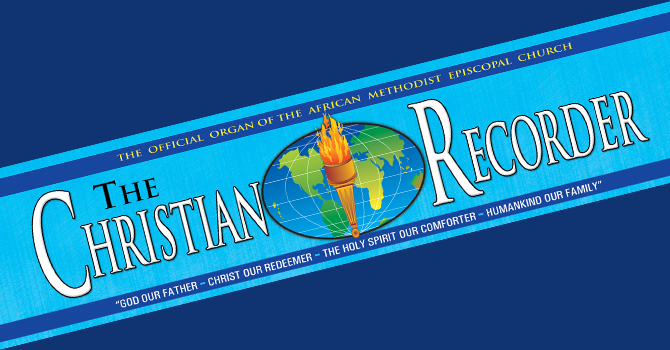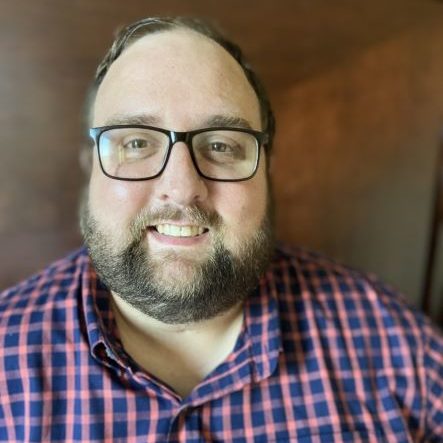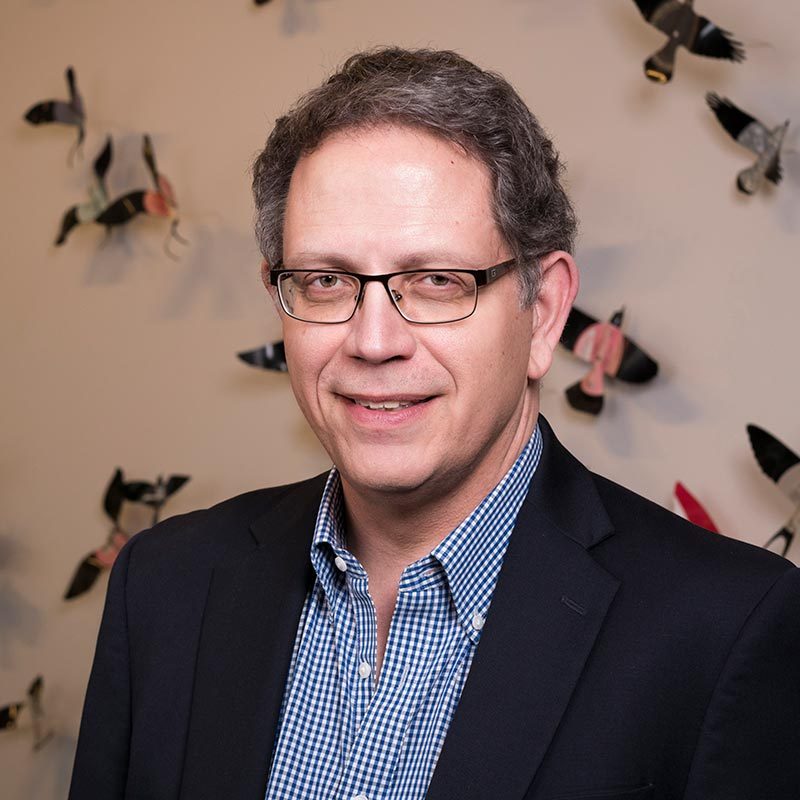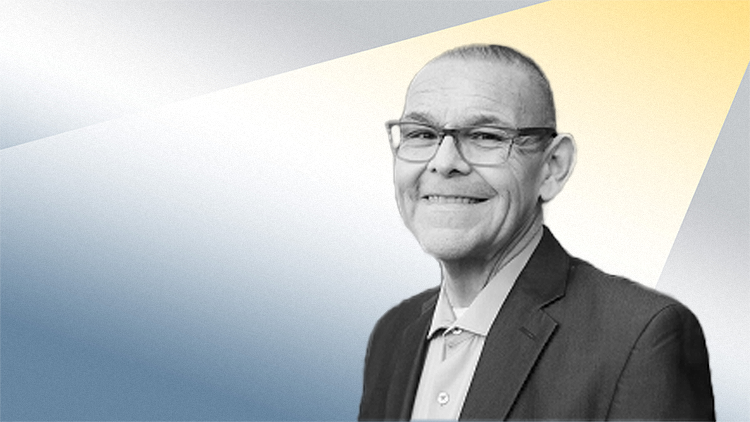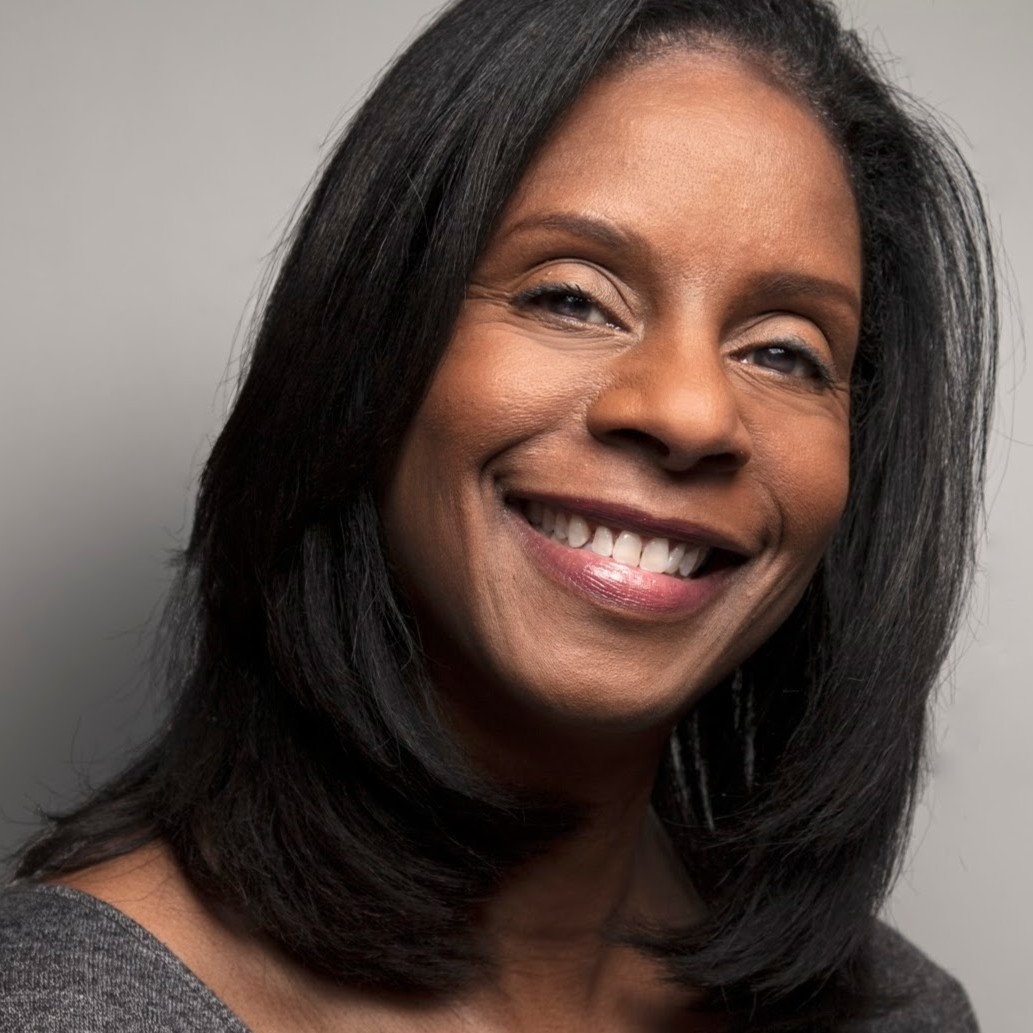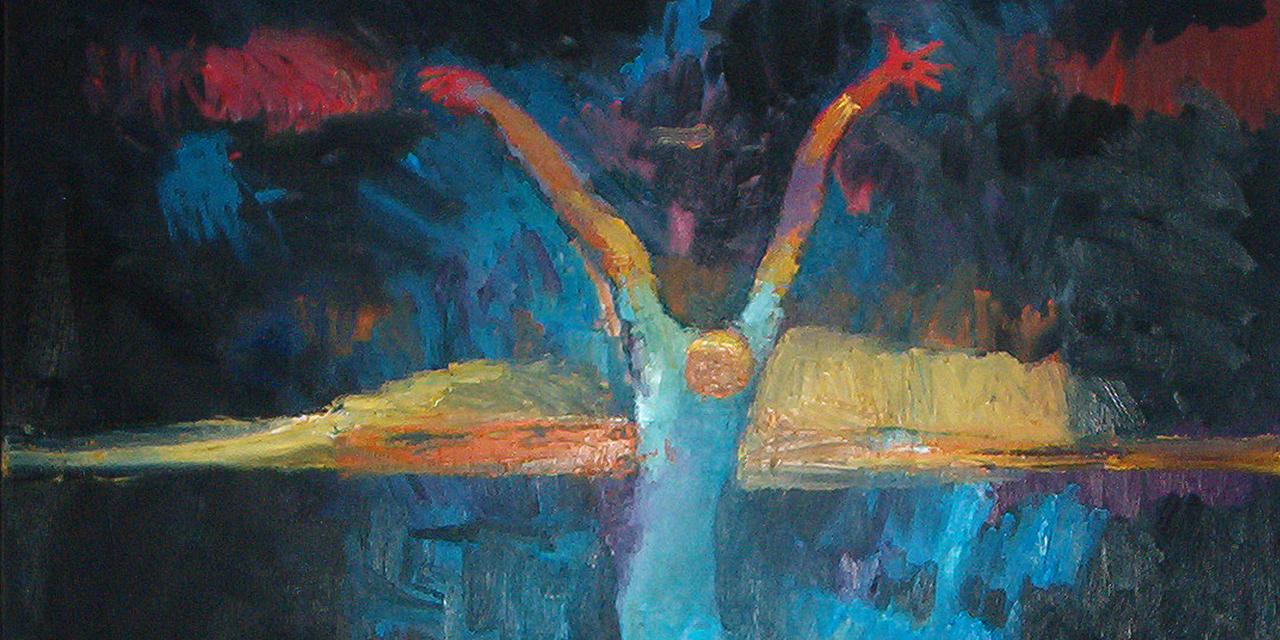In the midst of a changing world for both the church and media, The Christian Recorder -- the AME Church’s official newspaper -- must be a faith-based space, sharing the church’s perspective and bringing other perspectives to the denomination, says John Thomas III.
Elected in July as the 21st editor of The Christian Recorder, Thomas, 34, is the youngest editor in the paper’s history. As editor, he plans to increase the amount of news coverage about the AME Church, including its involvement in social justice issues.
“Because of the nature of the black church, because especially of the nature of the AME, I could not have a publication of the AME Church and not address issues of social justice,” he said. “Our members don’t just want to go praise God on Sunday. They want to know what we’re going to do on Monday and for the rest of the week.”
Thomas has a B.A. from Morehouse College and an M.P.A. from the Woodrow Wilson School at Princeton University, and he is completing a Ph.D. in political science at the University of Chicago.
He spoke earlier this fall with Faith & Leadership about his new job and The Christian Recorder. The following is an edited transcript.

Q: To start, give us some background about The Christian Recorder, its history and significance.
The Christian Recorder is the world’s oldest periodical continuously published by persons of African descent. It actually began as The Christian Herald in 1848, and the name was changed in 1852 to The Christian Recorder.
The antebellum black media included newspapers like John Russwurm’s Freedom’s Journal, and the AME Church thought that it needed to have a print presence. The Christian Recorder has been in continuous publication since July 1, 1852, and was the first black religious voice.
During the Civil War, the paper was a prominent voice for African-Americans. From the Civil War until the 1900s, the Recorder ran free ads -- what were called “Dear Friend notices” -- that people would place looking for relatives they had lost during slavery.
We did that as a service for many, many years, and to this day, genealogists look through records of the Recorder to trace relatives from that period. And the Recorder has been the subject of several academic books, including a recent one, “Black Print Unbound,” by Eric Gardner, which looks at the early period of the Recorder.
In that era, The Christian Recorder was really the only national black press voice. The NAACP’s The Crisis wasn’t started until 1910 by W.E.B. Du Bois. The AME Zion newspaper, The Star of Zion, started in 1876, and then the CME started their paper.
The Recorder was never supposed to be just about church or just about the AME. It was supposed to be a full voice, to give voice to a community.
Q: You’re the youngest editor ever and the first layperson to serve as editor at the Recorder. What’s the significance of that, and what is that like for you?
Yes, I am the youngest editor ever of the oldest black newspaper. I actually am the youngest elected general officer since the founding of our department.
It’s been interesting. I worked with the previous editor, Dr. Calvin H. Sydnor III, for about 11 years. Doc knew I like writing; I enjoyed sharing stories as a grad student and did a fair amount of writing. Whenever I would go somewhere, Doc would say, “Can you write this meeting? Can you write that meeting? Can you write this report?”
Basically, I had on-the-job training. So when I came into office, even though I was young, if you looked at the credentials and the experience, I was considered to be more than qualified, and I understood the paper -- where it was and where the denomination wanted it to go.
People had seen me work with the paper and with Dr. Sydnor, and they understood that being a layperson would be an asset to the paper, not a detriment. What was most important was not necessarily ordination status but having a person who understood the work and was willing to do the work.
Q: What is your vision for The Christian Recorder?
We now live in a different media space, and sometimes I have to remind my colleagues and the bishops that while we should embrace and uplift the heritage of the paper, we can’t wax nostalgic and pretend that we are the only paper people read -- because we’re not.
The media space has changed drastically. So we have to ask, what is the paper’s true voice?
We envision the Recorder being a faith-based space curated by us to share our thoughts and the AME perspective on the issues, and also to bring different perspectives to the denomination.
The Recorder is not going to be, and shouldn’t aspire to be, the only voice for African-American faith. We have a role at the table. We have a seat at the table. And we can do better about making sure that our voice is heard. And we need to do a better job of making sure that our church knows what AME leadership thinks.
So I view the paper as still a vibrant piece and a voice that needs to be heard.
Q: What’s the role of church press in covering current issues, particularly social justice issues? You have emphasized focusing first on news.
Yes, I’ve talked about us being “news first,” because at least in our paper, too often it was felt that the editorials overwhelmed the content of the paper.
My job is to put forth what the AME is doing and make sure the news includes the good works that our churches do and the stances that we take. Regarding social justice, we’re establishing an integrative media presence using our social media platforms, Facebook and Twitter accounts, and the paper to let AME members know what we’re doing.
Just because we’re not The New York Times or The Washington Post or theroot.com doesn’t mean that we don’t have something to say. So I think our role regarding social justice issues today is to educate our members, inform our members, and to motivate our members.
For example, the protest march in Philadelphia that we did at General Conference, we did an article on that. We wanted AME members to understand how at the General Conference we took a break to take to the streets of Philly to protest the [officer-involved] shootings of two black men.
Our role is to educate, motivate and inform about these social justice issues, because we understand that we’re rooted in a theology of social justice.
Because of the nature of the black church, because especially of the nature of the AME, I could not have a publication of the AME Church and not address issues of social justice. Our members don’t just want to go praise God on Sunday. They want to know what we’re going to do on Monday and for the rest of the week.
Q: Speak some about social media and the church. The church broadly has generally lagged behind on social media. What particular challenges and benefits does it pose for you?
I’m on the edge of being a millennial. I’m 34, born in 1982, which is around the cutoff point for the millennial generation. I was in college when Facebook started in 2004. I remember getting my first Facebook account when I was a senior in college.
Social media is something that denominations are still trying to figure out. Our local churches have figured out certain things, but denominations, as do most large institutions, still lag behind where smaller, more nimble bodies may go.
The AME Church has a very vibrant social media presence on Facebook, independent of the denomination. There are several AME Facebook groups with tens of thousands of members. So I know that people are engaged with us online, and I can see the metrics from our own Facebook page when we repost articles.
The Facebook audience isn’t completely the same audience as the paper’s audience. They intertwine and overlap, but we use Facebook as a way to get things that may be more difficult to get out. For instance, if I wanted to run an article from the BBC, I would have to ask permission and pay money that we quite frankly don’t have, but I can repost a link on Facebook.
Social media allows us to broaden what we share with our group, but you can’t rely on it for everything. If you’re only sharing other persons’ voices, that tends to be a problem. I remember one bishop telling me, “You know, we have our own voice.”
So it is a challenge. There’s been a generational shift. This generation of bishops is far more active in social media than the previous generation, but when you look at where our youth and adults are, we still have a long way to go in developing strategies that engage all of us.
But we know that we can’t just abandon one medium in favor of something else. You need different media to reach different persons. Our denomination skews somewhat older, so we want to make sure that we have materials and resources that will be available to everyone.
Q: You’ve had an interesting path to being editor of The Christian Recorder, including doctoral work on black politics in Latin America. Tell us about that.
When people find out I’m finishing a Ph.D., they assume it’s in something like theology or religion. But it’s not. It’s in black folk of Latin America.
I started the Ph.D. program at the University of Chicago in 2007, basically studying the relaunch of the black movement in Peru. What I look at is how black groups in Peru and Ecuador organized from the 1980s to 2011 for civil rights, and how the governments have responded to those demands and what have been the outcomes of the policies.
I have some fieldwork I have to finish up, and then my writing. So hopefully, prayerfully, I’ll be finished with this by the end of next year. But that’s my research. That’s what I’ve been working on.
Q: What ties all this together -- the newspaper work and your Ph.D. work and everything?
Well, I’m a member of the world’s oldest pan-African organization. The AME Church grew out of the Free African Society, which was founded in Philadelphia in 1787. For generations, we have been bringing together persons of African descent from around the world in a religious convention.
Our General Conference isn’t just a U.S. event. It’s a global event with delegates from around the world. We’re in 39 countries.
That is what really motivated me to do this work. So I guess my work is tied together by my love for people of African descent and my exposure to the AME Church.
I learned Spanish in the Dominican Republic. There are over 3,000 AMEs in the Dominican Republic, and I actually went back to the Dominican Republic to be a missionary for the church when I was in college. So the AME Church, my academic career and my work on Latin America have been very intertwined since an early stage.

